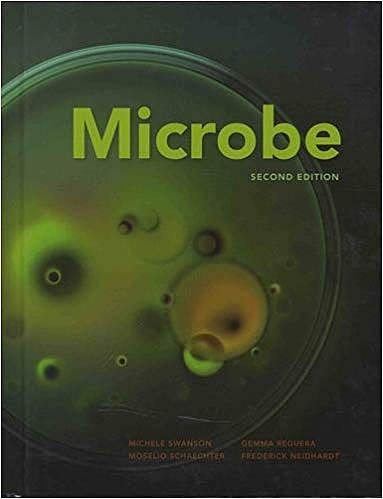
Microbe
Michele Swanson, Gemma Reguera, Moselio Schaechter, ... [et. al.]
2nd ed.
Washington, DC : ASM Press, cop. 2016
 |
Microbe Michele Swanson, Gemma Reguera, Moselio Schaechter, ... [et. al.] 2nd ed. Washington, DC : ASM Press, cop. 2016 |
23 termes
| TACK superphyllum n. |
|
| TCP n. (toxin-coregulated pilus) |
|
| ter site n. |
|
| terminal inverted repeat n. |
|
| Thaumarchaeota [nom científic] |
|
| thermo cycler n. |
|
| Thermoactinomyce [nom científic] |
|
| Thiobacillus denitrificans [nom científic] |
|
| three-domain tree n. |
|
| time-lapse movie n. |
|
| tissue necrosis n. |
|
| tobacco mosaic virus n. |
|
| TonB-dependent transporter n. |
|
| toxigenic strain n. |
|
| toxin-coregulated pilus n. (TCP) |
|
| toxin-mediated disease n. |
|
| TraB n. |
|
| trait-based biogeography study n. |
|
| trait-based microbial biogeography n. |
|
| transcriptional enhancement n. |
|
| transcriptional regulation n. |
|
| transmission map n. |
|
| two-component stress response n. |
|